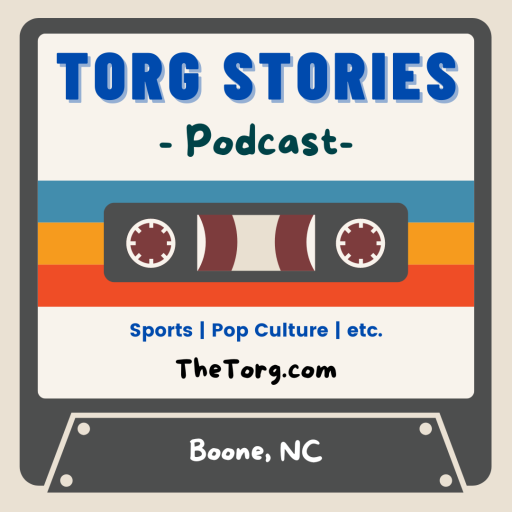If you have a Facebook page, own one of the latest cell phones, blog, or tweet, then you ought to at least check out chapter 13 in Jennifer Egan’s A Visit From the Goon Squad. In the following quote from the last chapter, a once big-time music executive laments about the state of the business. Feel free to substitute ART in the place of MUSIC. Here’s Bennie:
“The problem is,” Bennie went on, “it’s not about sound anymore. It’s not about music. It’s about reach. That’s the bitter pill I had to swallow” (page 312).

So when Bennie says “reach,” he’s talking Tweets, he’s talking Facebook Friends, and he’s talking hits on somebody’s blog. The last chapter takes place in the future—and she could just almost be talking about right now—we all have to wonder if a book or album or any kind of art is really good or it’s just being promoted very well. What is the Tweeter getting paid to say that this new artist is the next Bob Dylan? What perks or gifts have been sent the book blogger’s way? I just attended a BEA blogging panel where there was talk of ethics in the blogging world.
It may or may not have occurred to you that a novel can pay-off in various ways: you can be made to feel as if you get to know the characters like people, the text can make you think, cause you to believe you are getting smarter, or make you bawl your eyes out or want to break stuff. Another pleasing feature of a text can be the language, the words the writer chooses and the ways that the writer puts the words together in the form of sentences. Egan’s text has that feature. There are sentences beyond this one that would make for better examples of word choice but there are some original choices here—prewallet, overhandled, Sow’s Ear—and the clever detail of the guy who drinks flakes of gold. An expensive habit, especially these days when an ounce of the stuff would cost over $1500. This quote comes from the first story (notice also that it is a long sentence, not an always easy thing to pull off) when Sasha remembers stealing a wallet from a woman in the restroom while she was on a date. We’ll also hear about Bennie here and we get to see him in the stories that follow. He’s worth meeting. Now here’s Egan’s sentence:
“Prewallet, Sasha had been in the grip of a dire evening: lame date (yet another) brooding behind dark bangs, sometimes glancing at the flat-screen TV, where a Jets game seemed to interest him more than Sasha’s admittedly overhandled tales of Bennie Salazar, her old boss, who was famous for founding the Sow’s Ear record label and who also (Sasha happened to know) sprinkled gold flakes into his coffee—as an aphrodisiac, she suspected—and sprayed pesticides in his armpits.”

This is a novel-in-stories, and I loved the first two. I moved very logically with Sasha the kleptomaniac to her once boss Bennie in the second story who drinks the gold flakes and picks up his son from a previous marriage. Most of the characters in the book are connected to the music business. Egan almost lost me on the third story which takes place on an African Safari. I felt internally frustrated as I was reading and trying to link each new story to the ones which had come before it. On page eighty-seven, I wrote in the margins: “I don’t know what the hell is going on or where I am.”
I gave up on trying to connect the stories and just tried to live in each one as a separate world. I’d say this reading tactic helped, but really I think what happened is the stories got more interesting. There were many good stories in a row and then on page two hundred and eight, I knew right where I was. The stories were puzzling together. I could see where all the pieces might go. And then Chapter 12 is a Power-Point slide journal. I don’t generally go for the story that could be called gimmicky.
I was just at a Writers Conference at Wesleyan University in Connecticut and most of the table moaned when I held up the book and showed off some of the slides. One student is doing an MFA graphic novel thesis. Suddenly, she was more interested in the book, and another guy at the table said, “I’ll never read a story like that.”
Fine, readers have their tastes I guess. For me, Egan and The Goon Squad had won me over by the time the Power Point came up. By the fifth slide I was laughing and my wife was wondering what was up. It’s great the way I was taught by the text how to read it. I say Jennifer Egan’s A Visit From the Goon Squad is one you ought to read if you’ve got grown up and thinking tastes in reading. I do.
Citation Information:
Egan, Jennifer. A Visit From the Goon Squad. New York: Anchor Books, 2011. Print.
Drop me a note if you want:
william.torgerson (at) gmail.com

2 responses to “Prof. Torg’s take on Jennifer Egan’s A VISIT FROM THE GOON SQUAD”
I heard Egan say the stories were entangled rather than entwined
i liked that—still didnt like any of the characters much
and the starlet with despot story did not fly
please bring back long narrative novels
LikeLike
I think will still be plenty of long narrative novels for you, right?
LikeLike